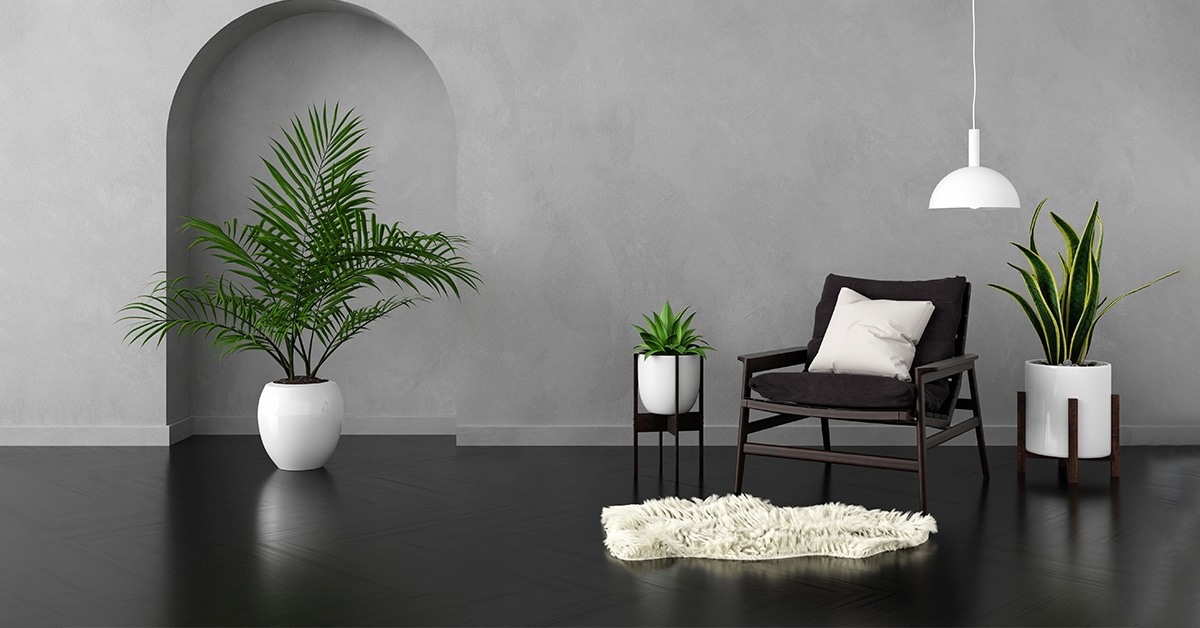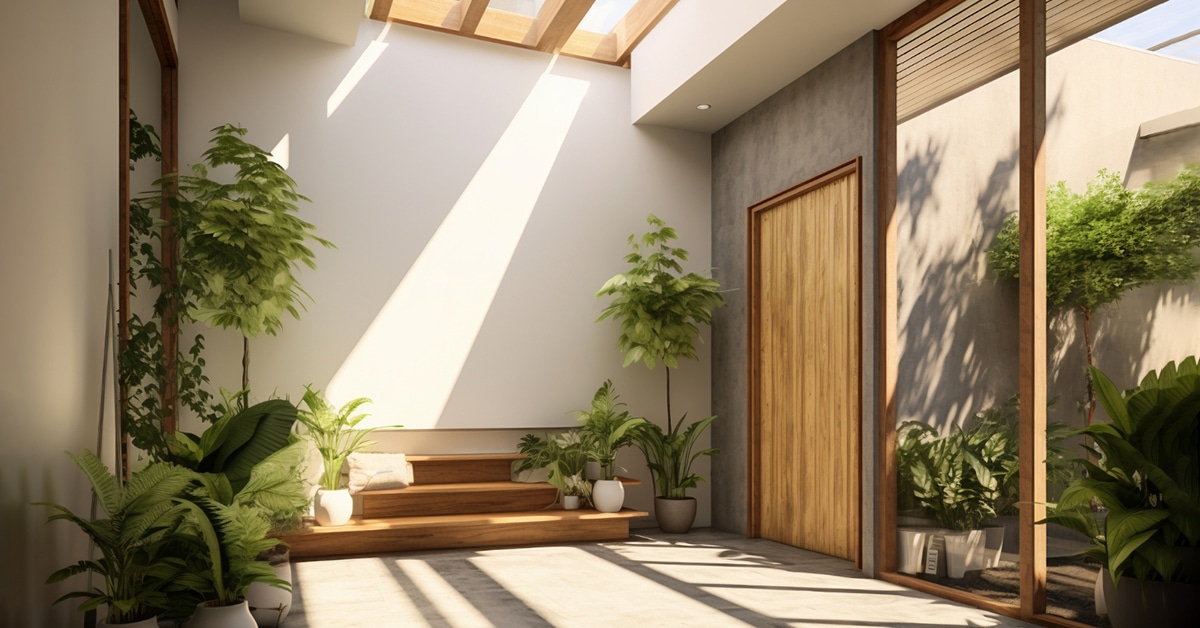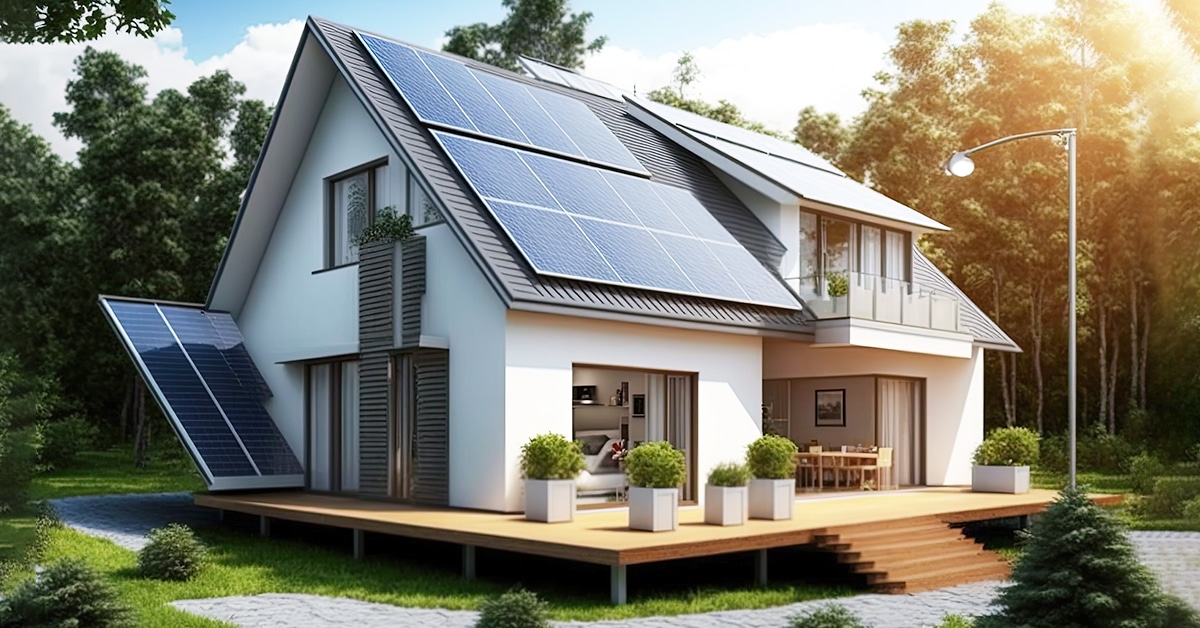Introduction
In the ever-evolving world of architectural design, one philosophy stands out for its timeless elegance and profound impact – minimalism. The essence of minimalism lies in its ability to create designs that exude elegance, simplicity and functionality. Architects have embraced this approach to create stunning structures that not only captivate the eye but also offer a serene living experience. In this article, we will explore the beauty of architectural designs that embrace minimalism, particularly focusing on villa plots and their transformation into exquisite minimalist masterpieces.



The Essence of Minimalism in Architectural Designs
Minimalism in architecture is a philosophy that celebrates the beauty of simplicity and the elimination of excess. A minimalist architectural design is like a poem – every word, every line, every punctuation mark has its own purpose and contributes to the overall impact.
Key Principles of Minimalist Design
Simplicity: The cornerstone of minimalism is simplicity. Each element in this design serves a purpose and eliminates excess and distractions. Functionality: Minimalist architectural designs prioritize the practicality of spaces and their layout. Elegance: Minimalist designs exude elegance through their clean and uncluttered aesthetics and create a sense of refined beauty. Restraint: The philosophy of restraint guides the selection of materials, colors, and decor. This results in spaces that exude elegance through their simplicity. Openness: Minimalist designs often incorporate open layouts and large windows that invite natural light, creating a sense of spaciousness.
The Charm of Minimalist Architectural Designs
What makes minimalist architectural designs so alluring? It’s their ability to create an atmosphere that encourages contemplation, introspection and a sense of calm. Here’s how they do this: Abundance of Space Minimalist designs always rely on open spaces that are free from unnecessary elements. The abundance of space fosters a sense of freedom and serenity, allowing the mind to breathe freely. Right Use of Light Light always plays a pivotal role in minimalist architecture. Natural light is often maximized, illuminating the space and creating a warm and inviting ambiance. Harmonious Material Selection Minimalist designs often feature a harmonious blend of materials such as glass, wood and steel. These materials are selected not just for their visual appeal but also for their ability to evoke a sense of connection with nature and the environment. Elegance in Simplicity Minimalist designs don’t rely on intricate details or ornate decorations to make a statement. Instead, they find beauty in simplicity, relying on a serene atmosphere and the interplay of elements. Sustainability Sustainable living and minimalism share a common ground. Many minimalist designs incorporate eco-friendly features that align with the principle of sustainability. Energy-efficient appliances, solar panels, rainwater harvesting systems, and the use of locally sourced materials are just a few examples of how minimalist design can promote a greener way of living. This combination of simplicity and sustainability not only reduces the carbon footprint but also enhances the quality of life.